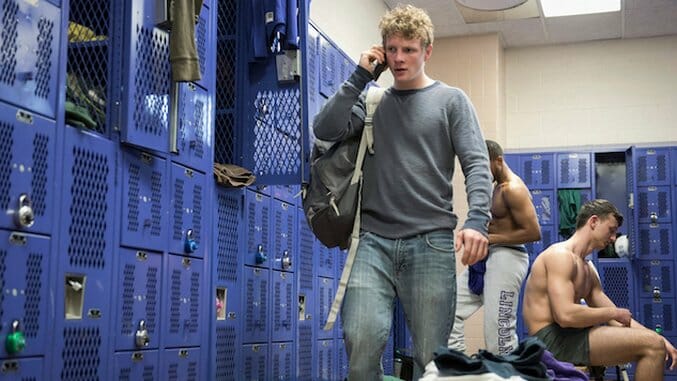How Netflix’s The OA Shows Its Independence from the Usual Sci-Fi Fare
JoJo Whilden/Netflix
Netflix’s latest revelation, The OA, doesn’t take place in a not-so-distant future or present itself as a dystopia. It doesn’t involve aliens or time or space travel. There are no demogorgons or smoke monsters. There is, however, a woman who calls herself the Original Angel—and she means that literally. In her mind (which may or may not be fully intact after seven years in captivity), she and four other people with whom she was held are angels who’ve suffered from multiple near-death experiences. These angels have supposedly been gifted five movements that, if performed in sync, have the power to open another dimension.
If that sounds completely bonkers, that’s probably because, to a certain extent, it is. Over the course of its eight episodes, The OA’s story constantly changes direction to explore the real and the mundane (OA searching for the wi-fi password in Episode One is all of us), as well as opaque mystery, different takes on spirituality, and the scientific. It cannot be boiled down to just “a sci-fi show,” as no doubt many websites will tell you.
When the show begins, we meet Prairie Johnson (Brit Marling), a woman who insists on being called “The OA” and has been missing for nearly a decade, though she will not say where she’s been. The most striking aspect of her story, though, is that she disappeared as a blind woman, but when she’s found, she can see. She also has a series of strange scars on her back. Even so, Prairie/The OA returns home to her parents’ house in Michigan, though through the show’s dialogue, we learn that they are actually her adoptive parents. As the series plays out, The OA meets four high school students and a teacher (The Office’s Phyllis Smith), who sit with her every night in a half-finished neighboring house and listen to her increasingly complex story.
-

-

-

-

-

-

-

-

-

-

-

-

-

-

-

-

-

-

-

-

-

-

-

-

-

-

-

-

-

-

-

-

-

-

-

-

-

-

-

-








































